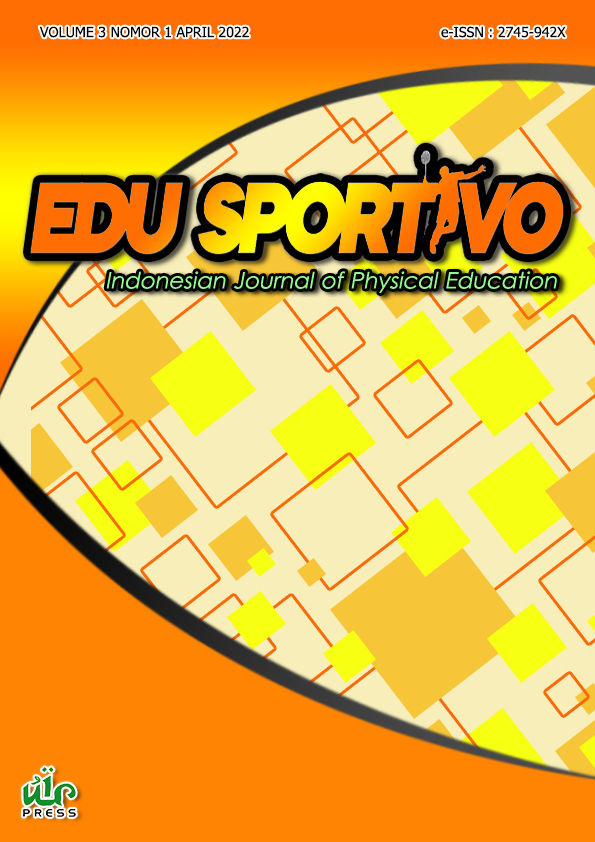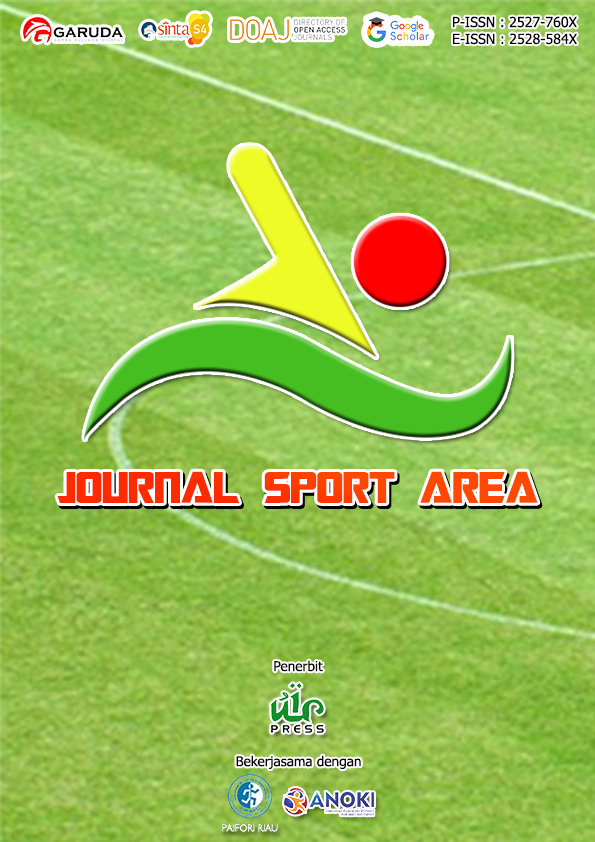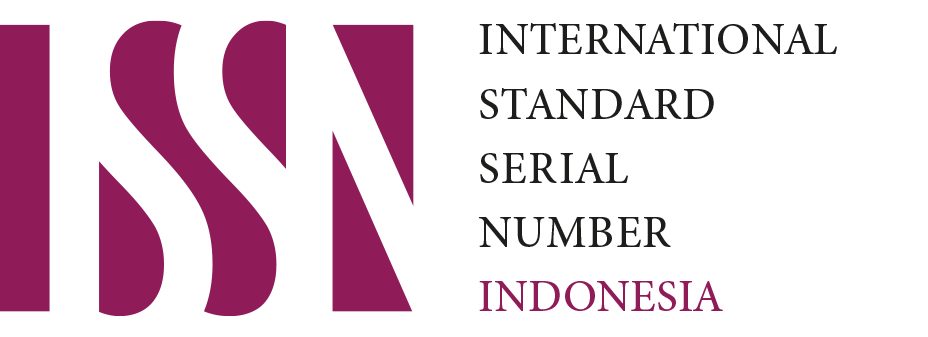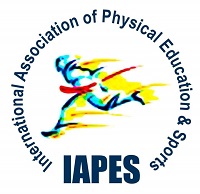Barriers to learning and performing in physical education in modular remote learning and coping strategies perceived by the students
Keywords:
Modular distance learning, barriers, coping strategiesAbstract
Every child deserves access to quality education amidst the COVID 19 pandemic. Students face the test of answering modules much more than doing the performances in the physical education classes. One of the challenges they faced was performing different performance tasks and being able to meet the objectives as well as the learning competencies. This study aimed to determine the barriers in learning performances and students’ coping strategies in physical education in modular distance learning which was accompanied by a quantitative approach using a descriptive – survey method of research. The study was conducted in one of the secondary public schools composed of 201 selected junior high school students. Based on the result of the study, the findings were as follows: majority of the of the respondents were female, grade 9 students and 15 years of age. The barriers exprienced by the students were overthinking about their grades, minimal engagement in performance tasks due to lack of equipments and learning materials, discomfort in doing the task because of distraction at home and unstable internet connection which means it is important to assess and evaluate the learning materials provided in the module to provide accessibility to students capabilities and available materials at home. With regards to students’ coping strategies, it emphasize in developing skills and abilities even in the confinement of home because learning must continue and students have the grit to do their tasks in their modules which indicates the student's opportunities and resiliency was very important factors for the students’ learning and doing performances. To satisfy the students' needs, school leaders must incorporate real methods into their teaching and address their diversity, as well as provide a variety of instructions and learning resources, lesson exemplars, and assistance for the students. To stimulate creativity and assure excellence in educational offerings, colleagues should be given technical assistance and coaching. Professional development should be prioritized during the pandemic to improve intrinsic competencies to plan, manage, and internalize more effective service delivery.
Downloads
References
Abante, A. S. (2021). A Comparative Analysis on the Challenges of Online Learning Modality and Modular Learning Modality: A Basis for Training Program. International Journal of Multidisciplinary Research and Analysis, 04(04). https://doi.org/10.47191/ijmra/v4-i4-17
Ambayon, C. M. (2020). Modular-Based Approach and Students’ Achievement in Literature. International Journal of Education and Literacy Studies, 8(3), 32. https://doi.org/10.7575/aiac.ijels.v.8n.3p.32
Ancheta, R. F., & Ancheta, H. B. (2020). The New Normal in Education: A Challenge to the Private Basic Education Institutions in the Philippines? International Journal of Educational Management and Development Studies, 10(2), 25–36. https://doi.org/10.53378/345960
Ann, J., & Pimentel-Tibon, A. (2020). The New Normal in Basic Education. Angara Abello Concepcion Regala & Cruz Law Offices. https://accralaw.com/thenew-normal-in-basic-education/
Anzaldo, G. D. (2021). Modular distance learning in the new normal education amidst COVID-19. International Journal Of Scientific Advances, 2(3). https://doi.org/10.51542/ijscia.v2i3.6
Apriani, L., Alpen, J., & Arismon, A. (2020). Tingkat percaya diri dan keterampilan micro teaching. Edu Sportivo: Indonesian Journal of Physical Education, 1(1), 42–49. https://doi.org/10.25299/es:ijope.2020.vol1(1).5155
Araújo, A. C. De, Knijnik, J., & Ovens, A. P. (2021). How does physical education and health respond to the growing influence in media and digital technologies? An analysis of curriculum in Brazil, Australia and New Zealand. Journal of Curriculum Studies, 53(4), 563–577. https://doi.org/10.1080/00220272.2020.1734664
Bozkurt, & Sharma. (2020). Education in normal, new normal, and next normal: Observations from the past, insights from the present and projections for the future. Asian Journal of Distance Education, 15(2), 1–10.
Brien, W. O., Brien, W. O., Adamakis, M., Brien, N. O., Onofre, M., Dania, A., Makopoulou, K., Herold, F., Ng, K., Brien, W. O., Adamakis, M., Brien, N. O., & Onofre, M. (2020). Implications for European Physical Education Teacher Education during the COVID-19 pandemic: a cross-institutional SWOT analysis. European Journal of Teacher Education, 43(4), 503–522. https://doi.org/10.1080/02619768.2020.1823963
Cahapay, M. B. (2020). Rethinking education in the new normal post-COVID-19 era: A curriculum studies perspective. AQUADEMIA, 4(2), 1–5.
Cakrawati, L. M. (2017). Students’ perceptions on the use of online learning platforms in EFL classroom. In English Language Teaching and Technology Journal (ELT-Tech Journal), 1(1), 22-31.
Castro, M. P., & Zermeño, M. G. G. (2020). Challenge based learning: Innovative pedagogy for sustainability through e-learning in higher education. Sustainability (Switzerland), 12(10), 1–15. https://doi.org/10.3390/SU12104063
Castroverde, F., & Acala, M. (2021). Modular distance learning modality: Challenges of teachers in teaching amid the Covid-19 pandemic. International Journal of Research Studies in Education, 10(8). https://doi.org/10.5861/ijrse.2021.602
Chen, C. H., & Wu, I. C. (2012). The interplay between cognitive and motivational variables in a supportive online learning system for secondary physical education. Computers and Education, 58(1), 542–550. https://doi.org/10.1016/j.compedu.2011.09.012
Czajka, C. D., & McConnell, D. (2019). The adoption of student-centered teaching materials as a professional development experience for college faculty. International Journal of Science Education, 41(5), 693–711. https://doi.org/10.1080/09500693.2019.1578908
Dargo, J. M., & Dimas, M. (2021). Modular distance learning: Its effect in the academic performance of learners in the new normal. Journal of Education, Teaching, and Learning, 6, 204–208.
Dhawan, S. (2020). Online Learning: A Panacea in the Time of COVID-19 Crisis. Journal of Educational Technology Systems, 49(1), 5–22. https://doi.org/10.1177/0047239520934018
Freire, C., Ferradás, M. del M., Regueiro, B., Rodríguez, S., Valle, A., & Núñez, J. C. (2020). Coping Strategies and Self-Efficacy in University Students: A Person-Centered Approach. Frontiers in Psychology, 11. https://doi.org/10.3389/fpsyg.2020.00841
Gray, T., & Bunte, J. (2021). The Effect of Grades on Student Performance: Evidence from a Quasi-Experiment. College Teaching, 46(3), 26–40. https://doi.org/10.1080/87567555.2020.1865865
Guiamalon, T. (2021). Teachers Issues and Concerns on the use of Modular Learning Modality. IJASOS- International E-Journal of Advances in Social Sciences, 7(20), 457–469. https://doi.org/10.18769/ijasos.970927
Healy, S., Block, M., & Kelly, L. (2020). The Impact of Online Professional Development on Physical Educators‘ Knowledge and Implementation of Peer Tutoring. International Journal of Disability, Development and Education, 67(4), 424–436. https://doi.org/10.1080/1034912X.2019.1599099
Hinojo-Lucena, F. J., Mingorance-Estrada, Á. C., Trujillo-Torres, J. M., Aznar-Díaz, I., & Reche, M. P. C. (2018). Incidence of the flipped classroom in the physical education students’ academic performance in university contexts. Sustainability (Switzerland), 10(5), 1–13. https://doi.org/10.3390/su10051334
Hollandsworth, J., & Trujillo-Jenks, L. (2020). Performance-Based Learning: How it Works. https://www.facultyfocus.com/articles/teaching-and-learning/performance-based-learning-how-it-works/
Hyndman, B. P. (2017). Perceived social-ecological barriers of generalist pre-service teachers towards teaching physical education: Findings from the GET-PE study. Australian Journal of Teacher Education, 42(7). https://doi.org/10.14221/ajte.2017v42n7.3
Indriani, K., & Ashfaq, M. (2021). Motivation and Learning Outcomes: Correlation in physical education learning. Edu Sportivo: Indonesian Journal of Physical Education, 2(1), 27–32. https://doi.org/10.25299/es:ijope.2021.vol2(1).5538
Khan, Y. (2016). Emerging Factors Affecting Blended Learning in Virtual Learning Environment Framework (VLEF). Sino-US English Teaching, 13(3), 197–203. https://doi.org/10.17265/1539-8072/2016.03.004
Liu, J., Xiang, P., Lee, J., & Li, W. (2017). Developing physically literacy in K-12 physical education through achievement goal theory. Journal of Teaching in Physical Education, 36(3), 292–302. https://doi.org/10.1123/jtpe.2017-0030
Llego, M. A. (2020). DepEd Learning Delivery Modalities for School Year 2020-2021. TeacherPh. https://www.teacherph.com/deped-learning-delivery-modalities/
Miguel, N. V. S., & Pascual, E. A. (2021). School Leaders’ Resilience amidst Pandemic in the Division of Laguna, Philippines. International Journal of Research Publications, 88(1), 67–88. https://doi.org/10.47119/ijrp1008811120212390
Mishra, L., Gupta, T., & Shree, A. (2020). Online teaching-learning in higher education during lockdown period of COVID-19 pandemic. International Journal of Educational Research Open, 1, 1–8. https://doi.org/10.1016/j.ijedro.2020.100012
Navarosa, D., & Fernando, C. L. (2020). Education in the New Normal: A Closer Look at the Philippines’ Learning Solutions Amidst the Pandemic. UNDERSCORE Online.
O’Connor, J., & Penney, D. (2021). Informal sport and curriculum futures: An investigation of the knowledge, skills and understandings for participation and the possibilities for physical education. European Physical Education Review, 27(1), 3–26. https://doi.org/10.1177/1356336X20915937
Opstoel, K., Chapelle, L., Prins, F. J., De Meester, A., Haerens, L., van Tartwijk, J., & De Martelaer, K. (2020). Personal and social development in physical education and sports: A review study. European Physical Education Review, 26(4), 797–813. https://doi.org/10.1177/1356336X19882054
Papaph, A. G. D. (2020). Introducing DepEd’s open educational resourcest. https://www.manilatimes.net/2020/01/30/campus-press/introducing-depeds-open-educational-resources/678228/
Razali, S. N. A. M., Rusiman, M. S., Gan, W. S., & Arbin, N. (2018). The Impact of Time Management on Students’ Academic Achievement. Journal of Physics: Conference Series, 995(1). https://doi.org/10.1088/1742-6596/995/1/012042
Reyes, F. J. F. D., & Caballes, D. G. (2022). A Narrative on Students’ Satisfaction in Fully Online and Modular Learning. International Journal of Scientific and Research Publications (IJSRP), 12(1), 235–239. https://doi.org/10.29322/ijsrp.12.01.2022.p12129
Septian, R., & Sukarmin, Y. (2021). The Influence of Physical Education in Virtual Environment Towards Students Activity in the New Normal Era: Student & Teacher Perceptions. Proceedings of the 4th International Conference on Sports Sciences and Health (ICSSH 2020), 36, 38–43. https://doi.org/10.2991/ahsr.k.210707.010
Setiyawan, Kresnapati, P., & Aji Setyawan, D. (2020). Analisis perkuliahan daring mahasiswa PJKR Universitas PGRI Semarang sebagai dampak pandemi covid 19. Edu Sportivo: Indonesian Journal of Physical Education, 1(1), 25–32. https://doi.org/10.25299/es:ijope.2020.vol1(1).5148
Shelley, A. (2020). Physical Education During COVID-19. The Hunt Institute. https://hunt-institute.org/resources/2021/05/physical-education-during-covid-19/
Simamora, R. M. (2020). Studies in Learning and Teaching Studies in Learning and Teaching The Challenges of Online Learning during the COVID-19 Pandemic: An Essay Analysis of Performing Arts Education Students. 1(2), 86–103. https://doi.org/10.46627/silet
Supriyadi, A., & Dupri. (2020). Peningkatan hasil belajar bolavoli dengan menggunakan sistem daring. Edu Sportivo: Indonesian Journal of Physical Education, 1(2), 112–119. https://doi.org/10.25299/es:ijope.2020.vol1(2).5609
Tria, J. Z. (2020). The COVID-19 Pandemic through the Lens of Education in the Philippines: The New Normal. International Journal of Pedagogical Development and Lifelong Learning, 1(1), ep2001. https://doi.org/10.30935/ijpdll/8311
Winkler, D. A. (2021). Reframing how grading affects and shapes students’ self-worth in christian higher education. Christian Higher Education. https://doi.org/10.1080/15363759.2021.1978904
Published
How to Cite
Issue
Section
This is an open-access article distributed under the terms of the Creative Commons Attribution-ShareAlike 4.0 International License which permits unrestricted use, distribution, and reproduction in any medium. Users are allowed to read, download, copy, distribute, search, or link to full-text articles in this journal without asking by giving appropriate credit, provide a link to the license, and indicate if changes were made. All of the remix, transform, or build upon the material must distribute the contributions under the same license as the original.
Accepted 2022-02-23
Published 2022-03-22



.png)




















.png)







.png)





